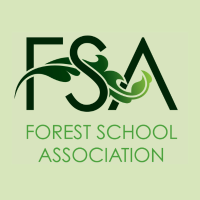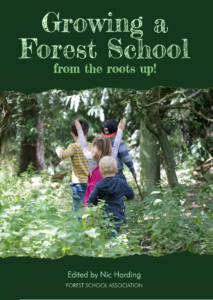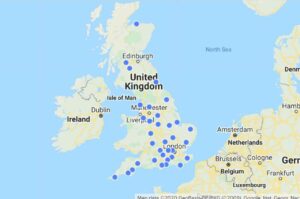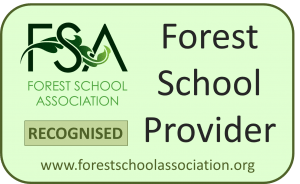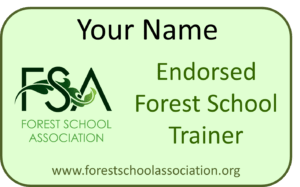Tragedy and legal repercussions
By Sarah Lawfull FSA Chair and FSA Endorsed Trainer
Last week Newcastle City Council was found negligent in failing to carry out remedial works on a willow tree in a school playground with tragic consequences. A six-year-old girl died and other children were injured.
In 2018 another court case found that a local authority had failed in its duty of care when a bus driver was injured by a mature lime tree at a bus stop falling during a storm. According to the Forestry Commission the age, stage, size and location of the lime tree required at least a biannual inspection. Originally this tree had been checked annually. Source: How frequently should landowners inspect trees abutting high-risk areas?
Whilst the incidents of fatal accidents involving falling branches/ trees are estimated to be around 5 deaths per year by the Health and Safety Executive – the chance is 1 in 10 million – they note that in areas of regular usage eg school playgrounds, the risks will be significantly higher because of the frequency of visits.
HSE Management of the risk from falling trees or branches
Tree Safety Inspections
Last week’s news comes as a timely reminder to us that tree safety inspections and woodland management plans are an important aspect of quality Forest School provision. For our Endorsed Trainers, the Woodland Management and Planning and Preparation Units in the qualification can raise interesting discussions during training; the recommendation that mature canopy trees are checked by a professional arborist before a Forest School programme begins and then at least every two years raises concerns about the cost. This is clearly a case for risk-benefit assessment.
An initial tree safety inspection or tree risk survey will identify any causes for concern and a qualified arborist or tree surgeon will make recommendations for remedial works; their report will identify any immediate work required and how individual trees can be best managed for tree health and safety. They may suggest some trees have annual inspections. If at all possible be there when the inspection is happening so that you can understand what the consultant is thinking. Pick their brains!
Who to contact?
If you are using public land there will be a local district council tree officer or forestry team you can call on. Schools will have preferred vendors of tree and landscaping services who may be qualified to provide tree safety inspections. They may not.
Private woodlands may be managed already, for timber production. A woodland Forest School site will require more attention than a copse planted and used for pheasants. Your Landowner’s Agreement will detail who is responsible for the inspections, and who pays for the work to be carried out.
Finding a qualified professional who understands the importance of promoting biodiversity, the role of standing deadwood, tree health and the purpose of Forest School will help you avoid the disastrous site clearances that have befallen several of our members when contractors have been called in by headteachers to ‘tidy’ a Forest School site. Meeting with the tree surgeon yourself will ensure that non-diseased material removed through tree surgery is kept on the site, and cut to sizes that are useful for play purposes or chipped to help maintain paths.
What does this mean for us?
Perhaps it is time to rethink our mindset when we consider the cost of tree safety inspections and remedial tree work. Can we afford not to invest in them?
Is it time to revisit our woodland management plans? Perhaps tree safety and woodland health could be a subject for our local FSA Network Group to grapple with or a topic for our own CPD.
Growing a Forest School from the roots up! has some expert guidance from Jon Cree and Dawn Preston to help us:
- Chapter 10 Getting to know your site and landowners agreements
- Chapter 11 Considerations for choosing, developing and maintaining a Forest School site

The following links may help you delve further into this issue and aid discussions with managers, landowners and arborists.
National Tree Safety Group
Managing trees for safety (FCMS026)
Common sense risk management of trees (FCMS024)
Common sense risk management of trees – landowner summary (FCMS025)
https://ntsgroup.org.uk/guidance-publications/
The Arboricultural Association
Guide to Trees and the Law
Ancient Tree Forum
Ancient tree care and management
Veteran Trees: A guide to risk and responsibility – download for free in the shop /
Tree Council
Local Tree Wardens https://treecouncil.org.uk/tree-wardens/#map
Science and Research https://treecouncil.org.uk/what-we-do/science-and-research/
FENE
FENE Resource Hub https://rfs.org.uk/fene/fene-resource-hub/
